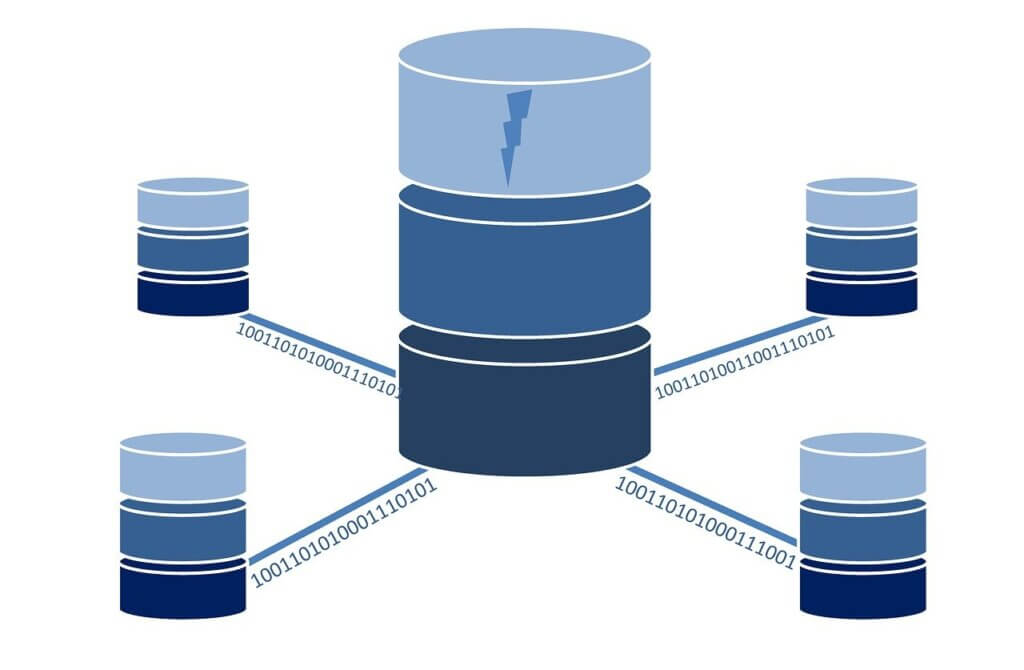Introduction to Lambda Functions
Lambda functions, part of Amazon Web Services (AWS) serverless computing platform, allow developers to run code without provisioning or managing servers. With Lambda, you can execute code in response to triggers such as changes to data in Amazon S3 buckets, updates to DynamoDB tables, or HTTP requests via API Gateway.
Table of Contents
ToggleUnderstanding Lambda Performance
Lambda performance refers to the speed and efficiency of executing functions in the AWS Lambda environment. Several factors influence Lambda performance, including memory allocation, cold starts, and execution time.
Factors Affecting Lambda Performance
Memory Allocation
Lambda functions are allocated memory based on their configuration. Choosing the right memory allocation is crucial for optimizing performance, as it directly impacts CPU and networking resources available to the function.
Cold Starts
Cold starts occur when a Lambda function is invoked for the first time or after a period of inactivity. During a cold start, AWS provisions resources and initializes the function, leading to increased latency. Minimizing cold starts is essential for improving overall performance.
Execution Time
The execution time of a Lambda function directly affects its performance and cost. Optimizing code to reduce execution time can significantly improve performance and decrease operational expenses.
Techniques to Boost Lambda Performance
Memory Optimization
Optimizing memory allocation can improve Lambda performance by providing more resources for code execution. Conducting memory profiling and adjusting the function’s memory configuration based on usage patterns can lead to significant performance gains.
Warm-Up Strategies
Implementing warm-up strategies involves periodically invoking Lambda functions to keep them warm and reduce cold start latency. Using tools like AWS Lambda Destinations or scheduled CloudWatch Events can help maintain optimal performance.
Code Efficiency
Writing efficient code is essential for maximizing Lambda performance. Techniques such as minimizing dependencies, reducing I/O operations, and implementing caching mechanisms can improve execution speed and reduce resource consumption.
Best Practices for Lambda Performance
Monitoring and Logging
Monitoring Lambda functions using AWS CloudWatch allows developers to identify performance bottlenecks and optimize resource utilization. Logging performance metrics and errors enables proactive troubleshooting and performance tuning.
Resource Allocation
Properly allocating resources, such as memory and concurrency, based on workload characteristics is critical for optimizing Lambda performance. Continuous monitoring and adjusting resource configurations ensure optimal performance under varying conditions.
Versioning
Implementing versioning and aliasing for Lambda functions enables safe deployment of updates while maintaining backward compatibility. Versioning also facilitates performance testing and rollback in case of issues.
Case Studies of Improved Lambda Performance
Case Study 1: Memory Optimization
A company optimized its Lambda functions by conducting memory profiling and adjusting memory configurations based on usage patterns. This resulted in a 30% reduction in execution time and a significant decrease in operational costs.
Case Study 2: Warm-Up Strategies
Implementing a warm-up strategy using AWS Lambda Destinations reduced cold start latency by 50% for a high-traffic application, resulting in improved user experience and lower latency.
Conclusion
Optimizing Lambda performance is essential for ensuring efficient and cost-effective operation in serverless environments. By understanding the factors influencing performance and implementing techniques such as memory optimization, warm-up strategies, and code efficiency, developers can maximize the benefits of AWS Lambda.
FAQs
- How does memory allocation impact Lambda performance?
- Memory allocation directly affects CPU and networking resources available to the Lambda function, influencing its performance.
- What are cold starts, and how can they be minimized?
- Cold starts occur when a Lambda function is invoked for the first time or after a period of inactivity, leading to increased latency. Minimizing cold starts involves implementing warm-up strategies and optimizing resource allocation.
- Why is code efficiency important for Lambda performance?
- Writing efficient code reduces execution time and resource consumption, leading to improved Lambda performance and lower operational costs.
- What role does monitoring and logging play in optimizing Lambda performance?
- Monitoring and logging Lambda functions enable developers to identify performance bottlenecks, troubleshoot issues, and optimize resource utilization for improved performance.
- How can versioning and aliasing be used to enhance Lambda performance?
- Versioning and aliasing facilitate safe deployment of updates, performance testing, and rollback, ensuring optimal performance and reliability.
Do you like to read more Blog content? Read our blogs at PintoraBlogs








